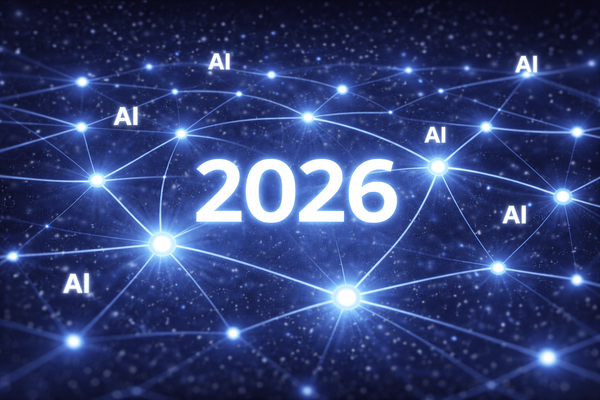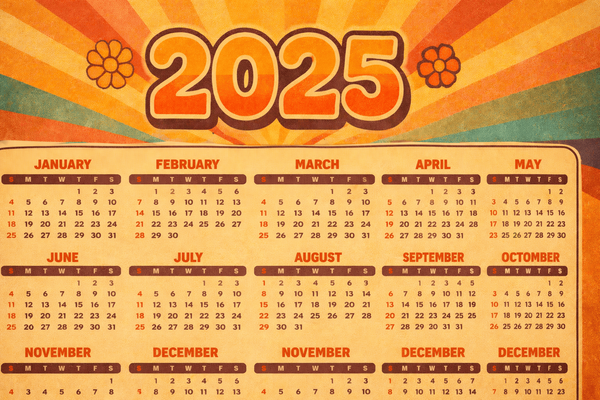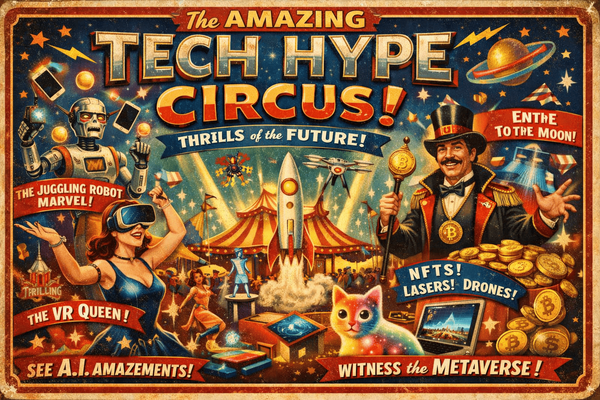While We Wait for the Next Apple Infomercial
As we wait for Apple’s next move, I’m hoping for something different this time, but I’m realistic.

Apple’s decision to stick with prerecorded product events, even after the pandemic, marks a telling change in the company’s relationship with its audience. What began in 2020 as a necessary adaptation to COVID’s restrictions has now calcified into a new standard: glossy, hyper-produced keynote videos that often feel more like extended commercials than moments of genuine product unveiling.
There was a time when Apple events carried the electricity of live theater. The stage, the crowd’s reaction, the occasional glitch, and the “one more thing” reveal all gave a sense of immediacy and authenticity. These moments weren’t just about products; they were about performance, anticipation, and the human connection between Apple’s leadership and its community of fans, developers, and journalists. The collective gasp when the first iPhone was shown, or the applause at a surprise Mac announcement, reinforced Apple’s image as more than just a tech company—it was a cultural force.
By contrast, today’s prerecorded format sacrifices that spark. The videos are technically flawless—smooth camera work, sweeping drone shots, and transitions as sharp as the edges of an iPhone 16 Pro—but they are emotionally flat. The spontaneity is gone, replaced by carefully staged presentations in Apple Park’s immaculate spaces. It feels less like a conversation with the audience and more like a meticulously edited sales pitch. For a company that has long prided itself on forging emotional bonds with its users, these events come across as curiously sterile, closer to an overproduced advertisement than a cultural moment.
This format underscores a shift in priorities: Apple is choosing control over connection. In a prerecorded video, nothing is left to chance—no awkward demos, no technical hiccups, no embarrassing headlines about stage mishaps. Yet in sanding down those imperfections, Apple has also stripped away the soul. What remains is a beautifully lit infomercial: visually impressive but emotionally hollow.
The consequences go beyond presentation style. The mythos of the Apple keynote—once a cornerstone of the company’s brand identity—risks fading into irrelevance. Once communal experiences, these events are now solitary viewings. Apple may see efficiency in this change, but longtime followers sense a loss of magic. Compounding this decline is Apple’s growing reliance on “speeds and feeds,” where processor benchmarks, camera megapixels, and battery life numbers take center stage over vision and storytelling. This emphasis on specs drains the sense of theater, reducing the events to technical briefings rather than cultural milestones.
Adding to the problem is the constant stream of leaks before each keynote. Caused in part by Apple’s ever-expanding supply chain, these leaks strip away surprise. By the time Tim Cook or his colleagues appear on screen, the audience often already knows the headline announcements, leaving little room for splash or excitement.
This challenge is compounded by the state of the smartphone market itself. With iPhone launches taking place in a saturated and commoditized industry, it has become increasingly challenging to impress audiences or showcase trend-setting innovations. Even meaningful upgrades can feel incremental, which further dulls the impact of prerecorded events that lack the electricity of live presentation.
Ultimately, this evolution mirrors a larger tension within Apple: the balance between perfection and humanity. In chasing the former, the company risks losing the latter. Without that human element, Apple’s keynotes resemble the very corporate product demos Steve Jobs once mocked—technically competent but devoid of wonder.
As Apple prepares to unveil the iPhone 17, these dynamics are on full display. Leaks have already set expectations, the market is saturated, and the event itself will likely be another polished video designed for efficiency rather than excitement. If the past is any indication, the iPhone 17 launch may fail to reignite the magic, leaving Apple to grapple with a growing perception that its most iconic stage has lost its power to surprise and inspire.
I’m still hoping for something different this time, but I’m realistic.



